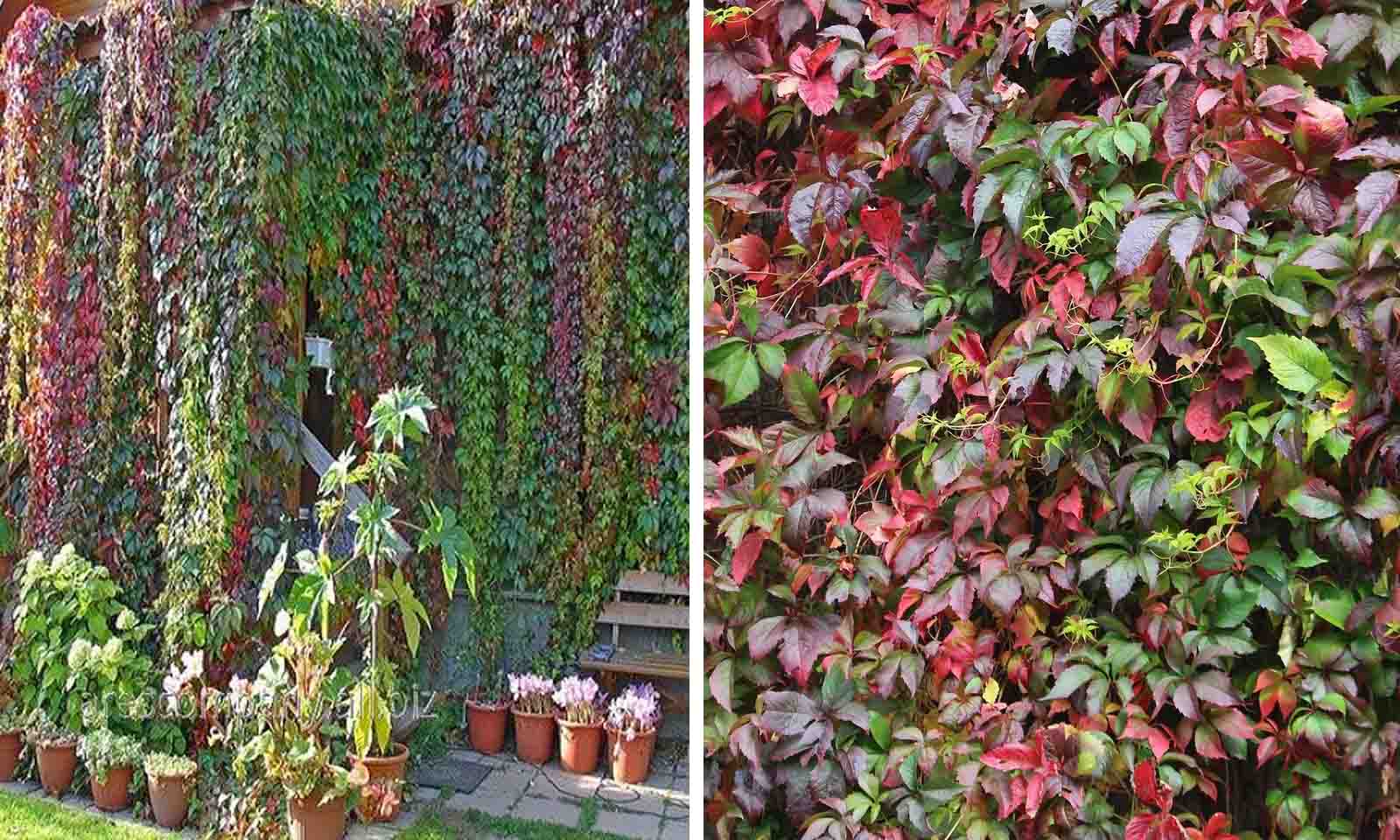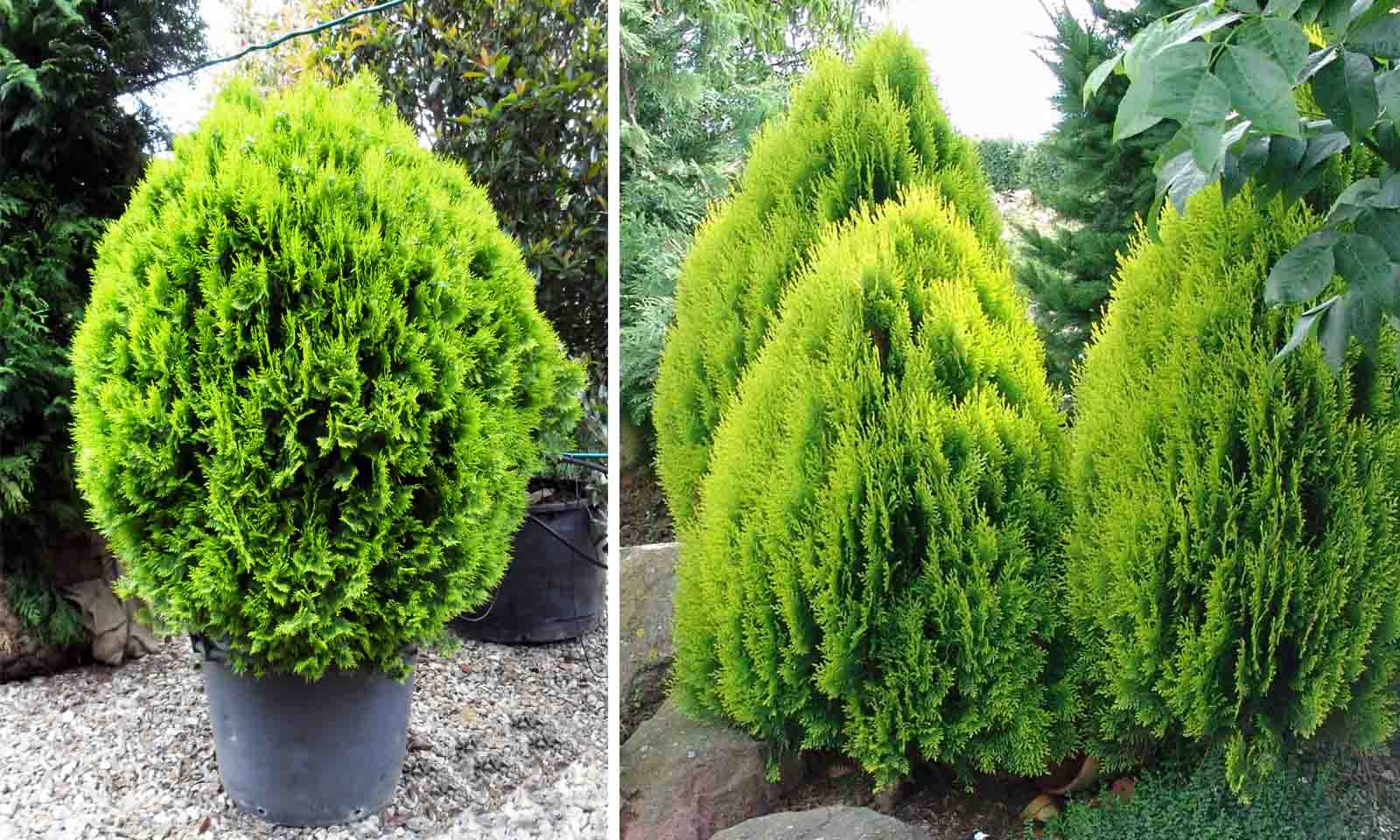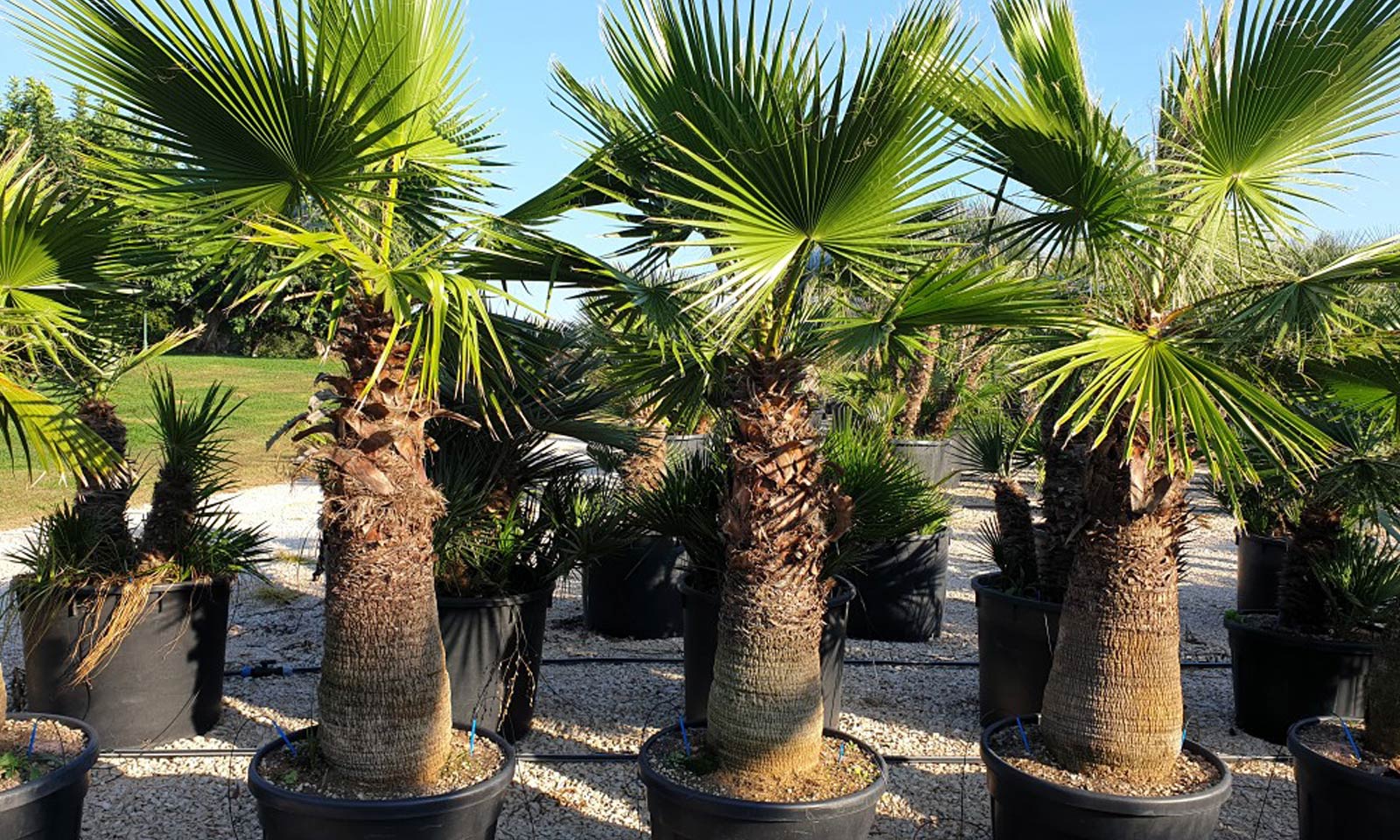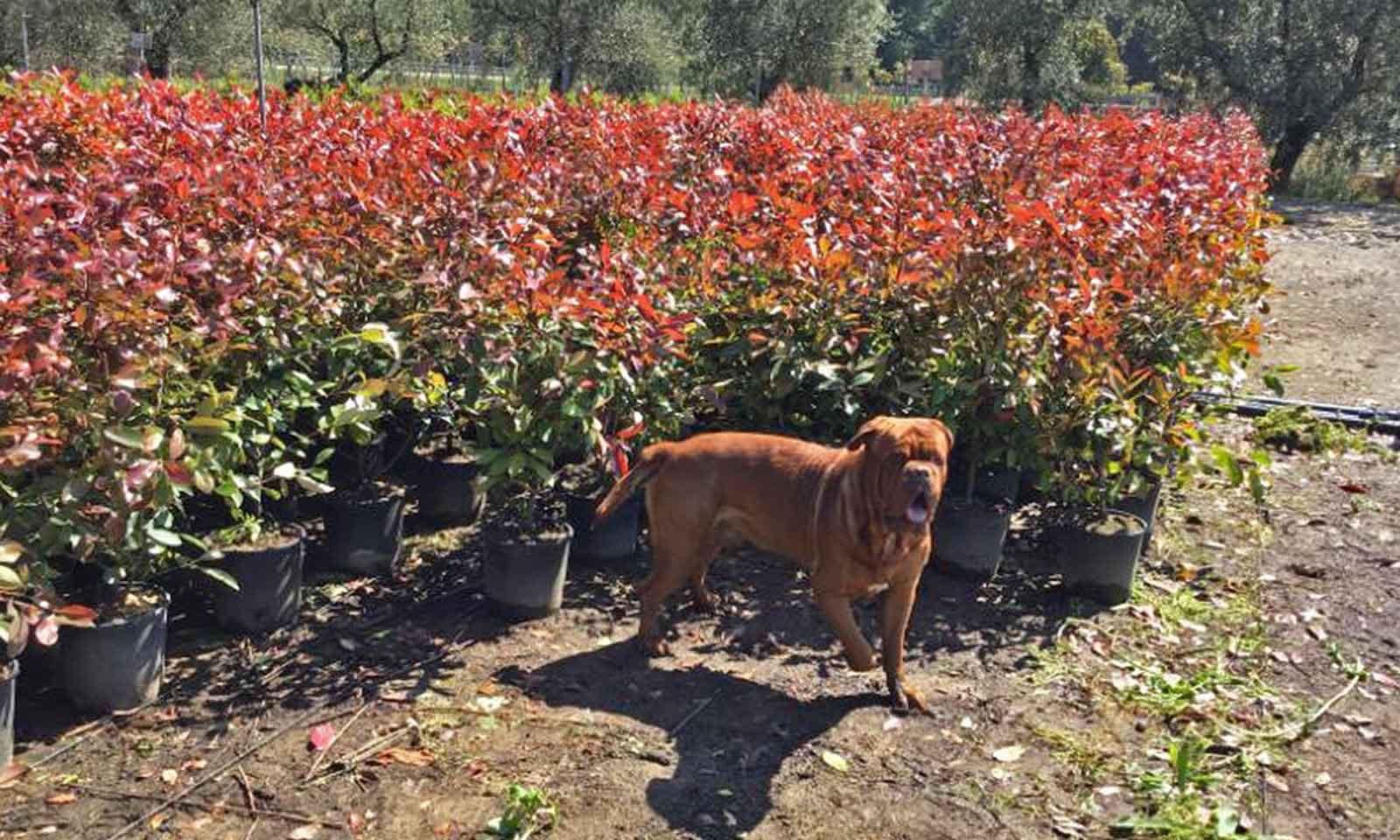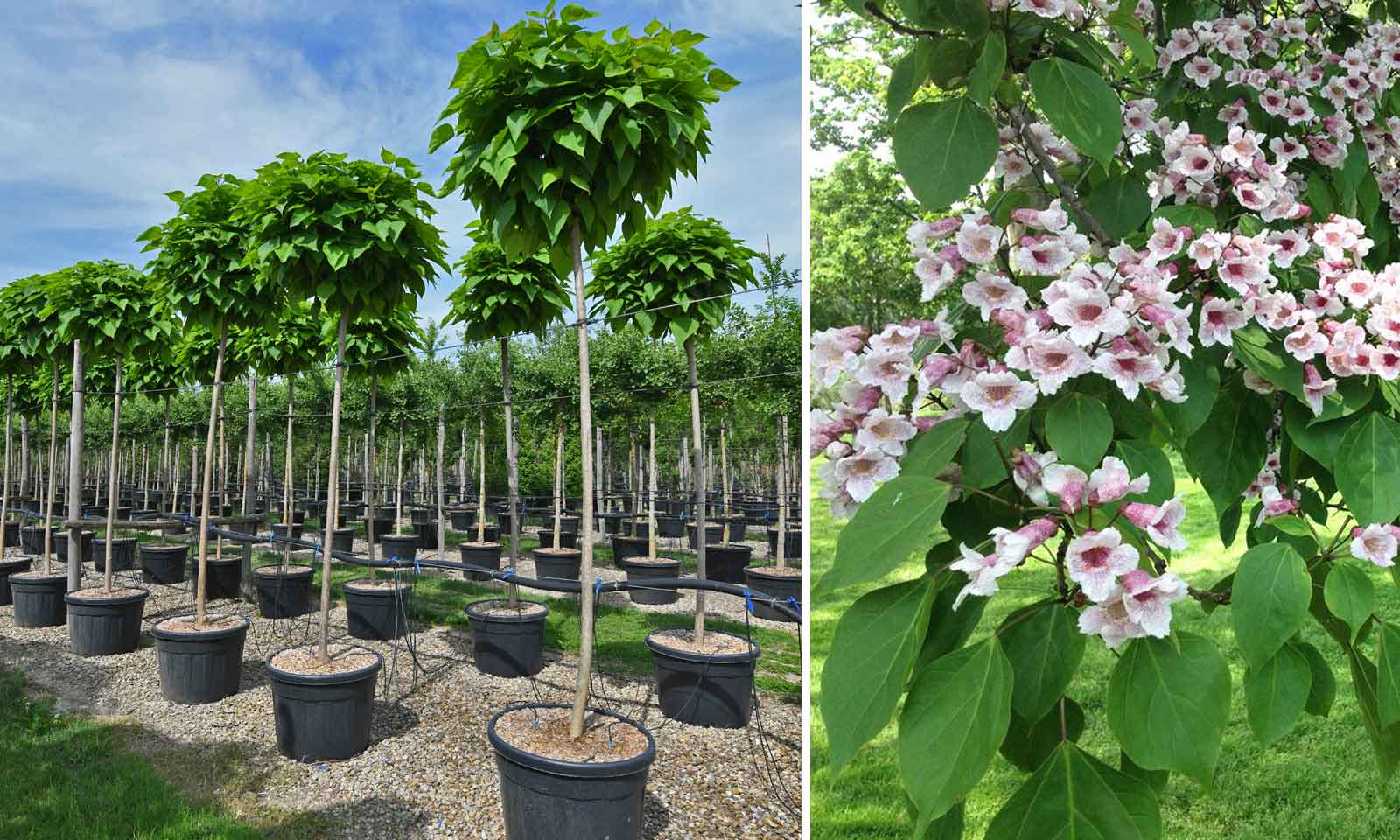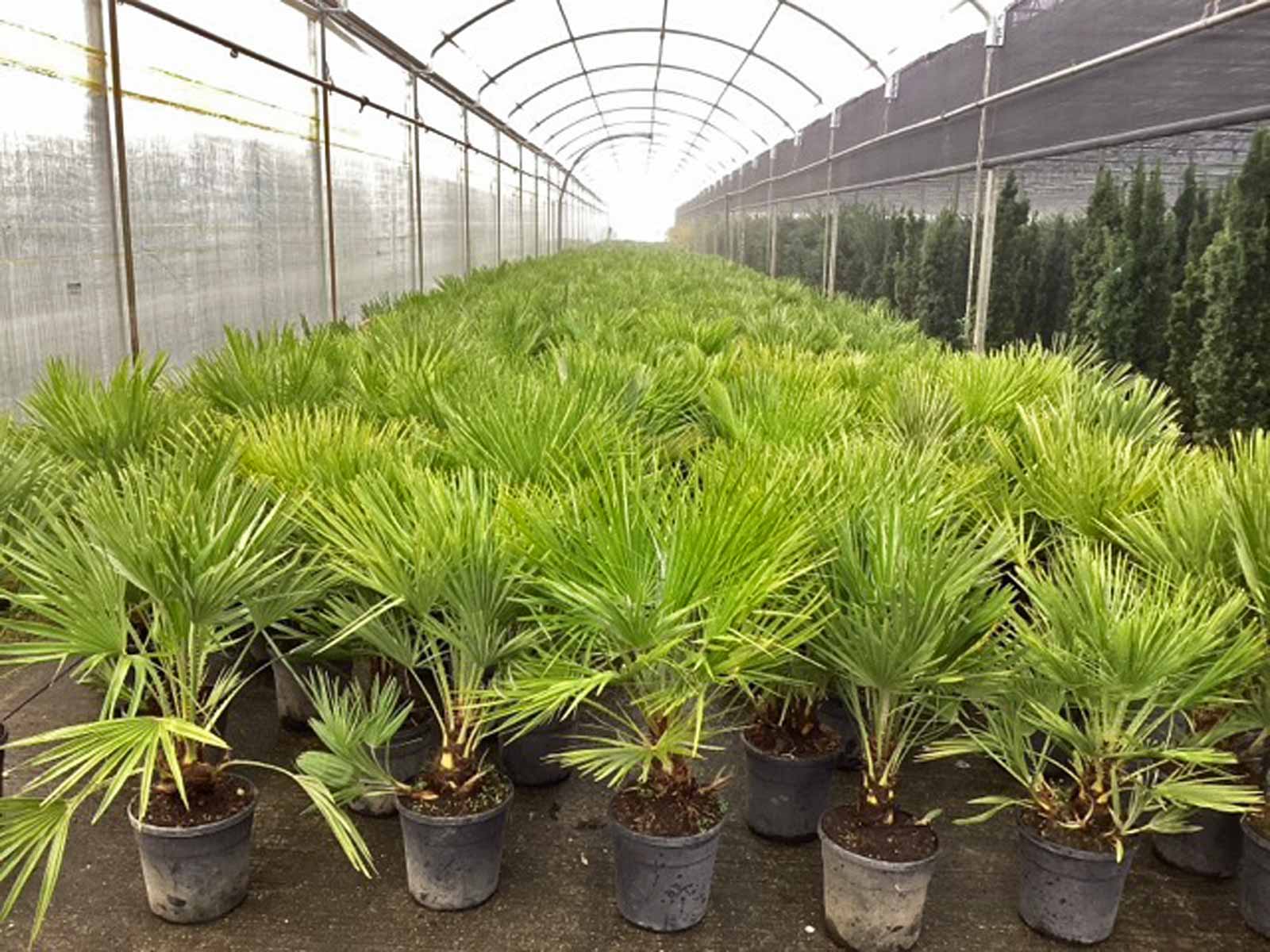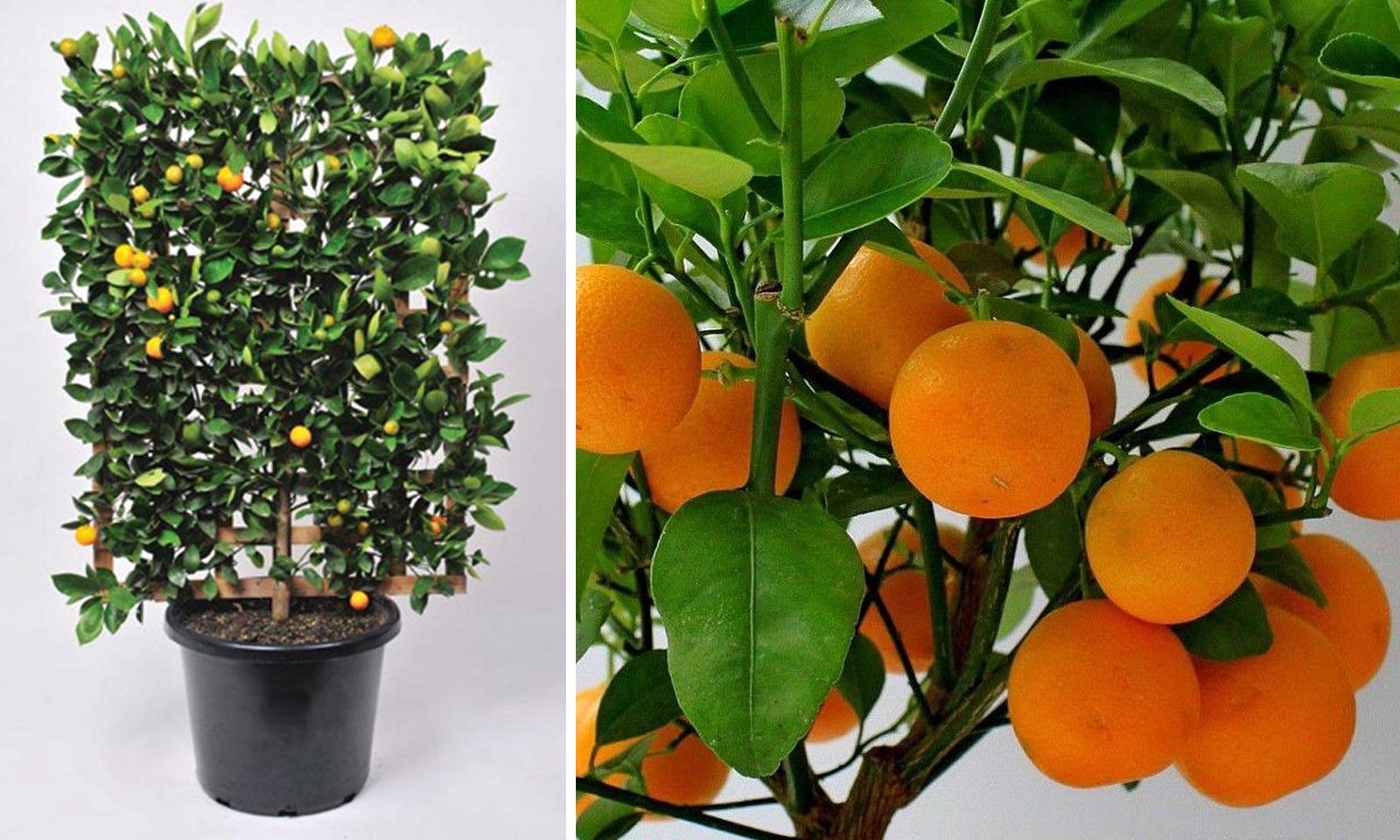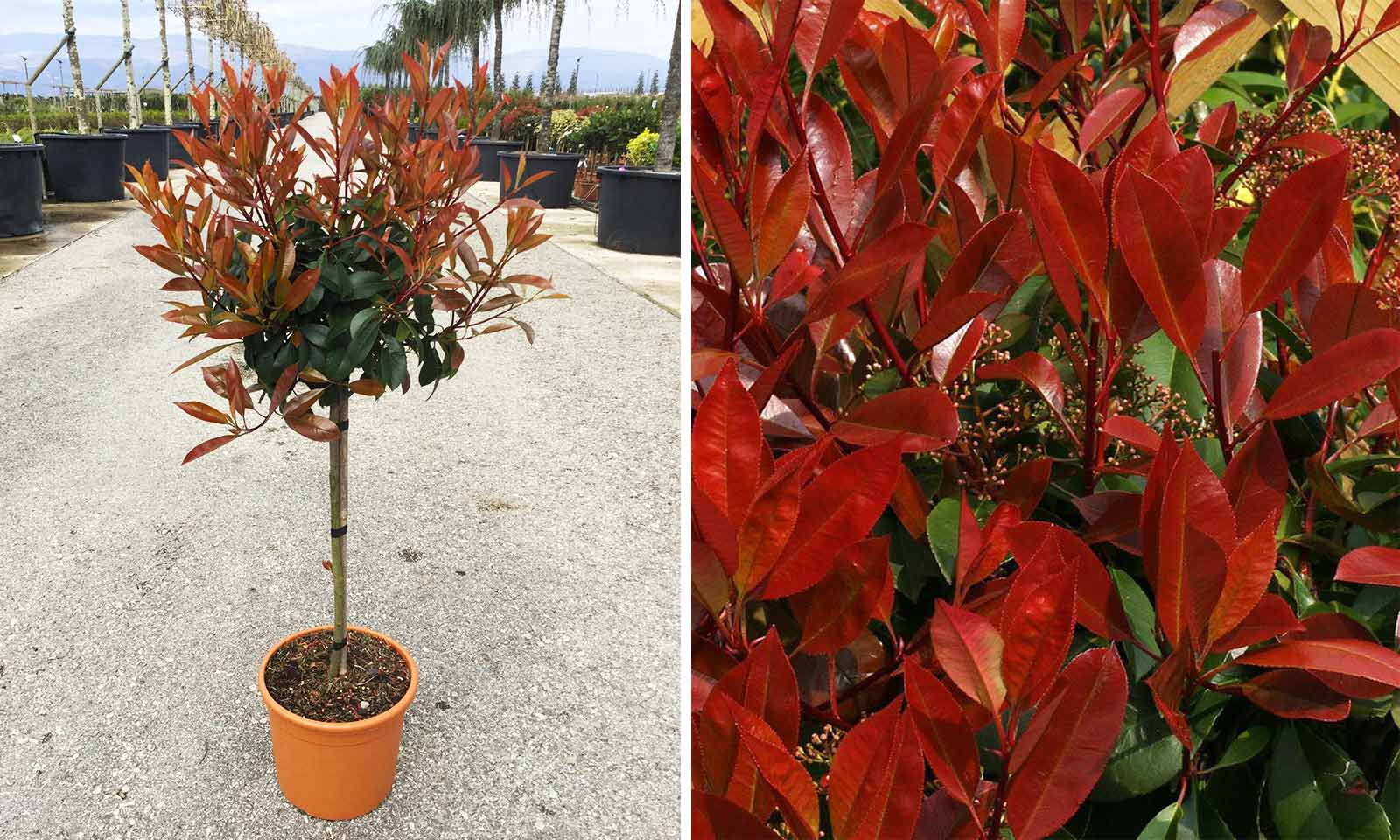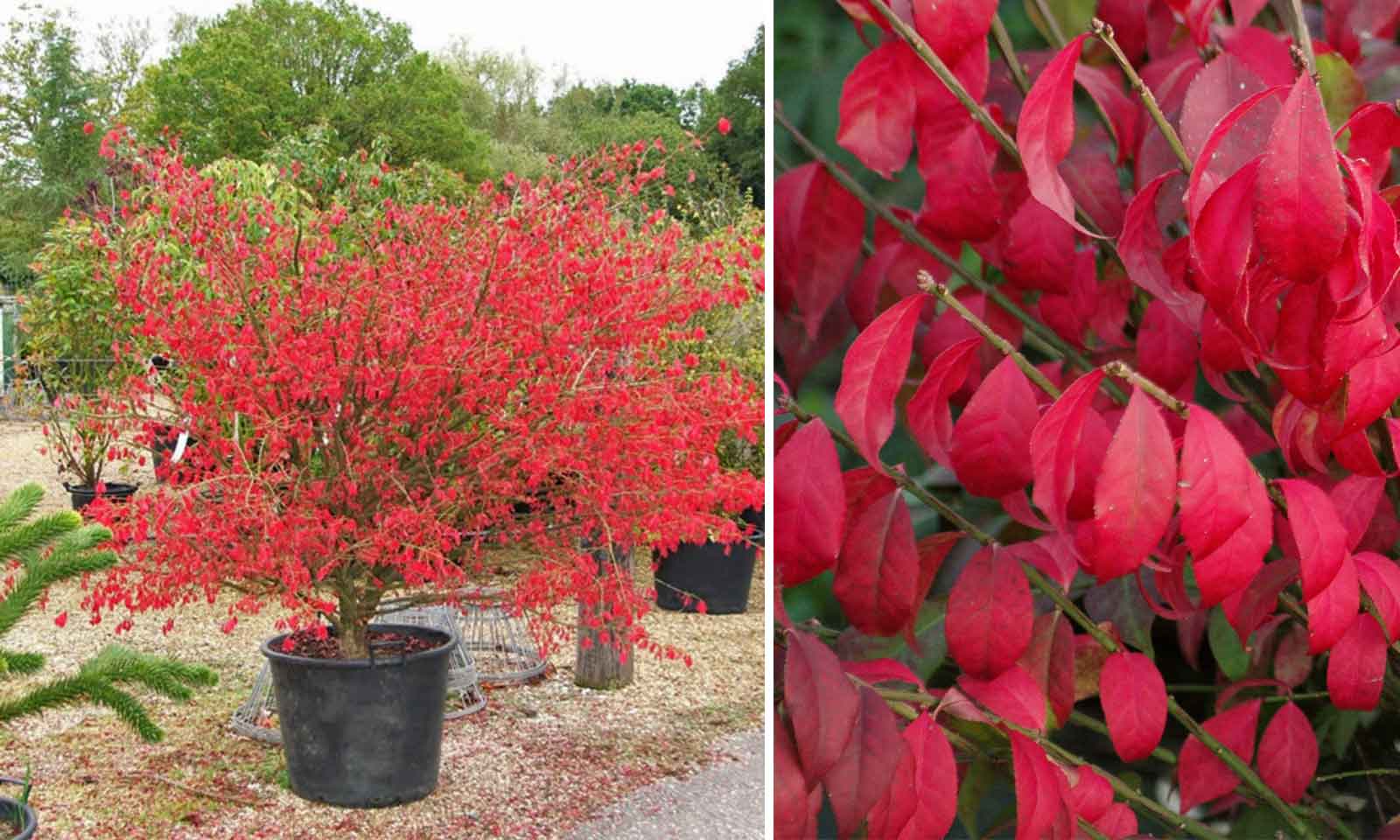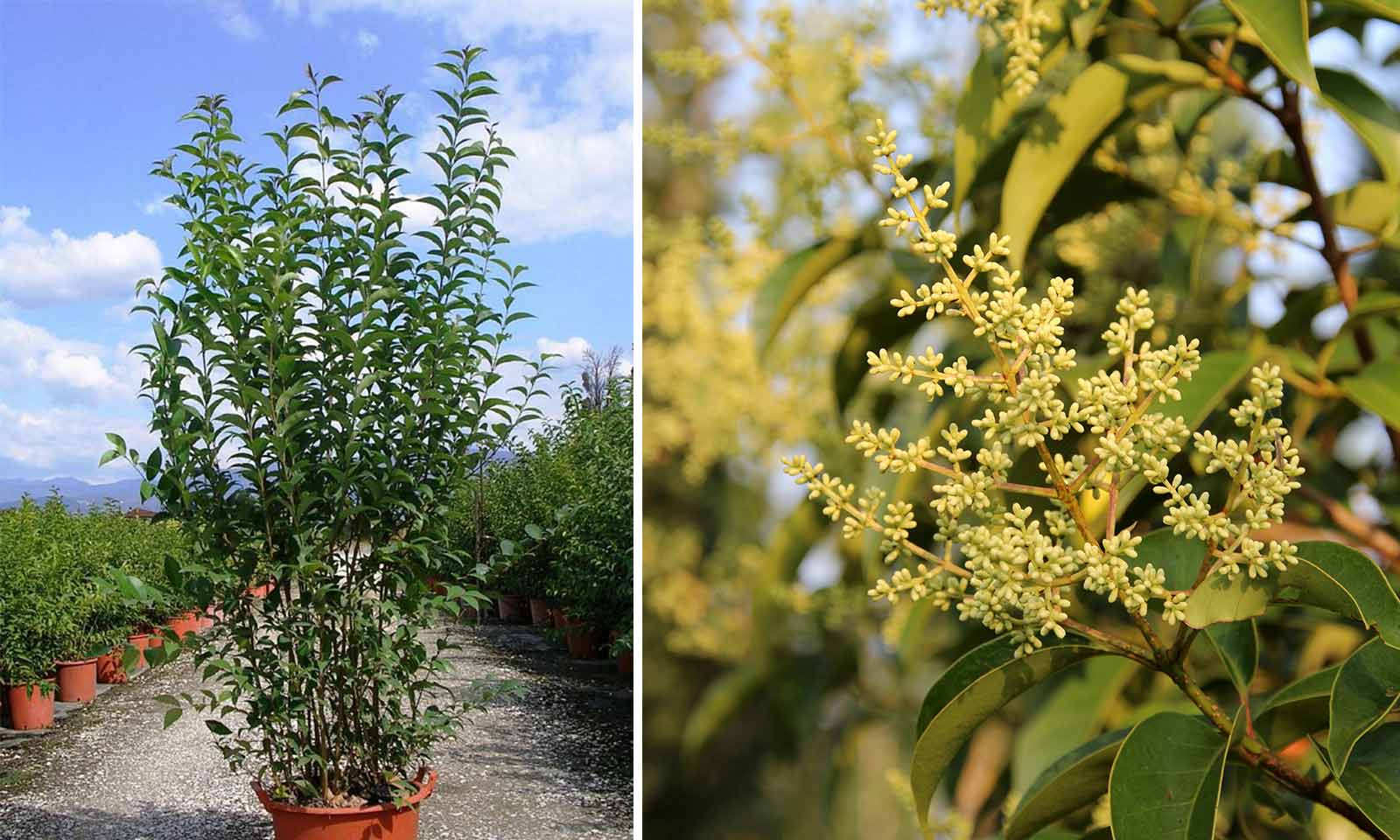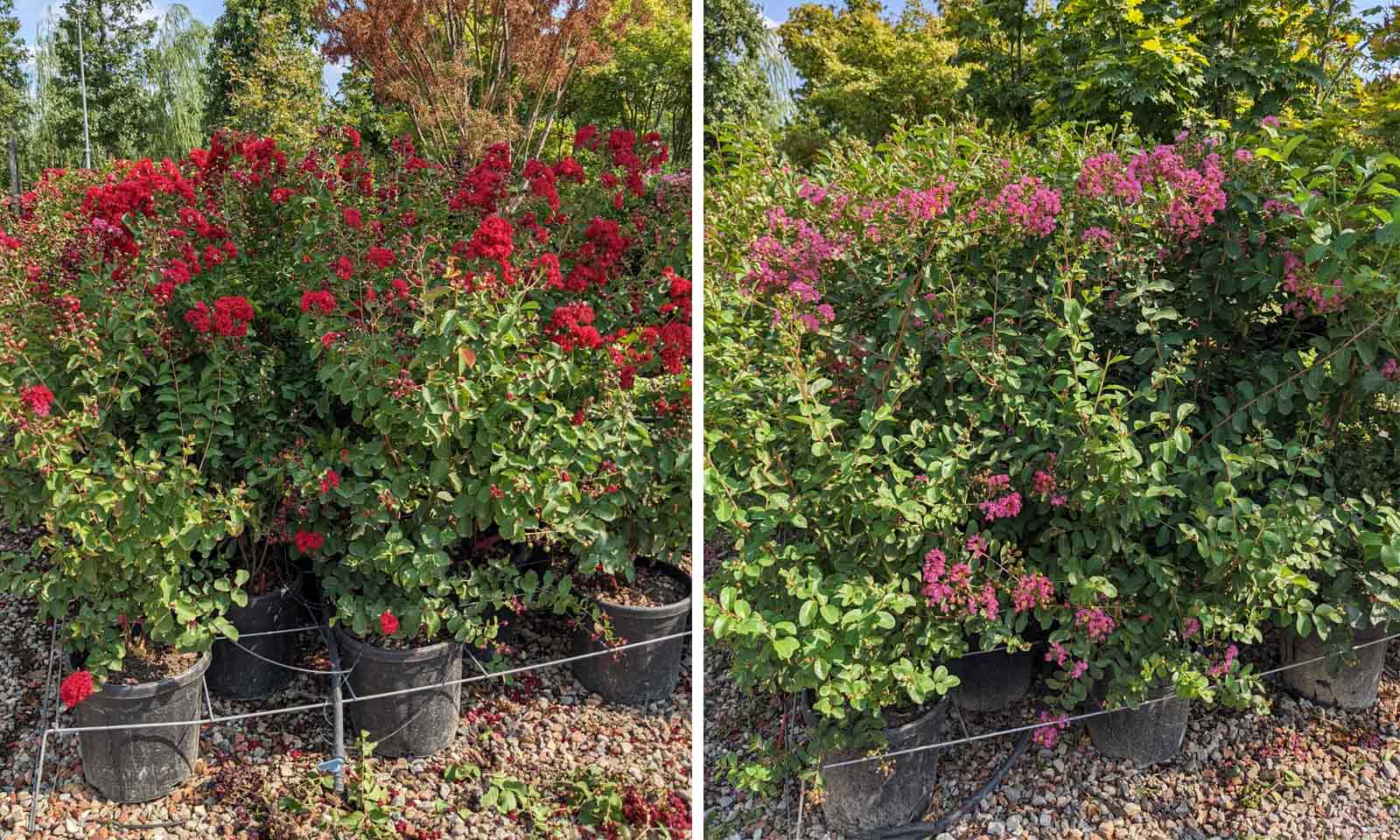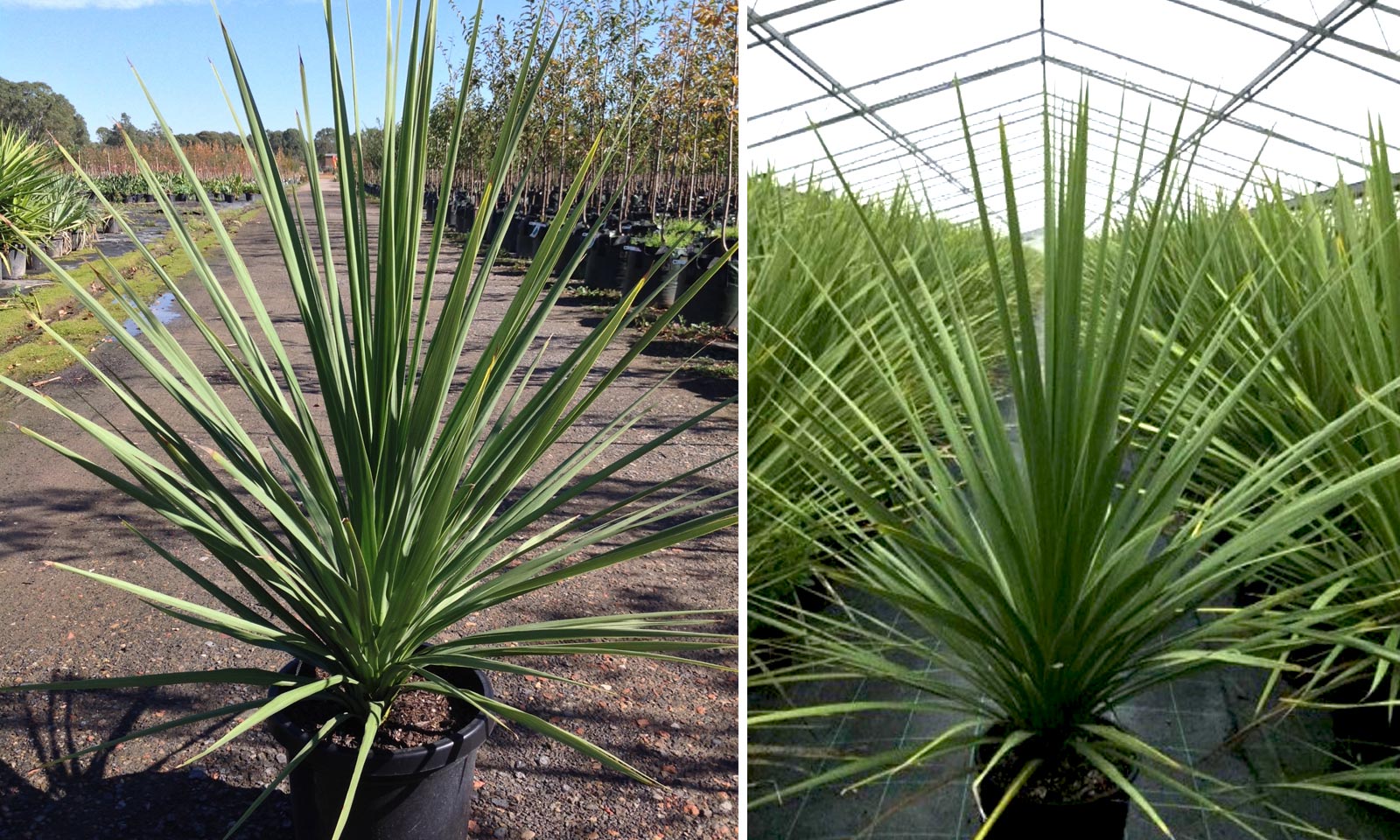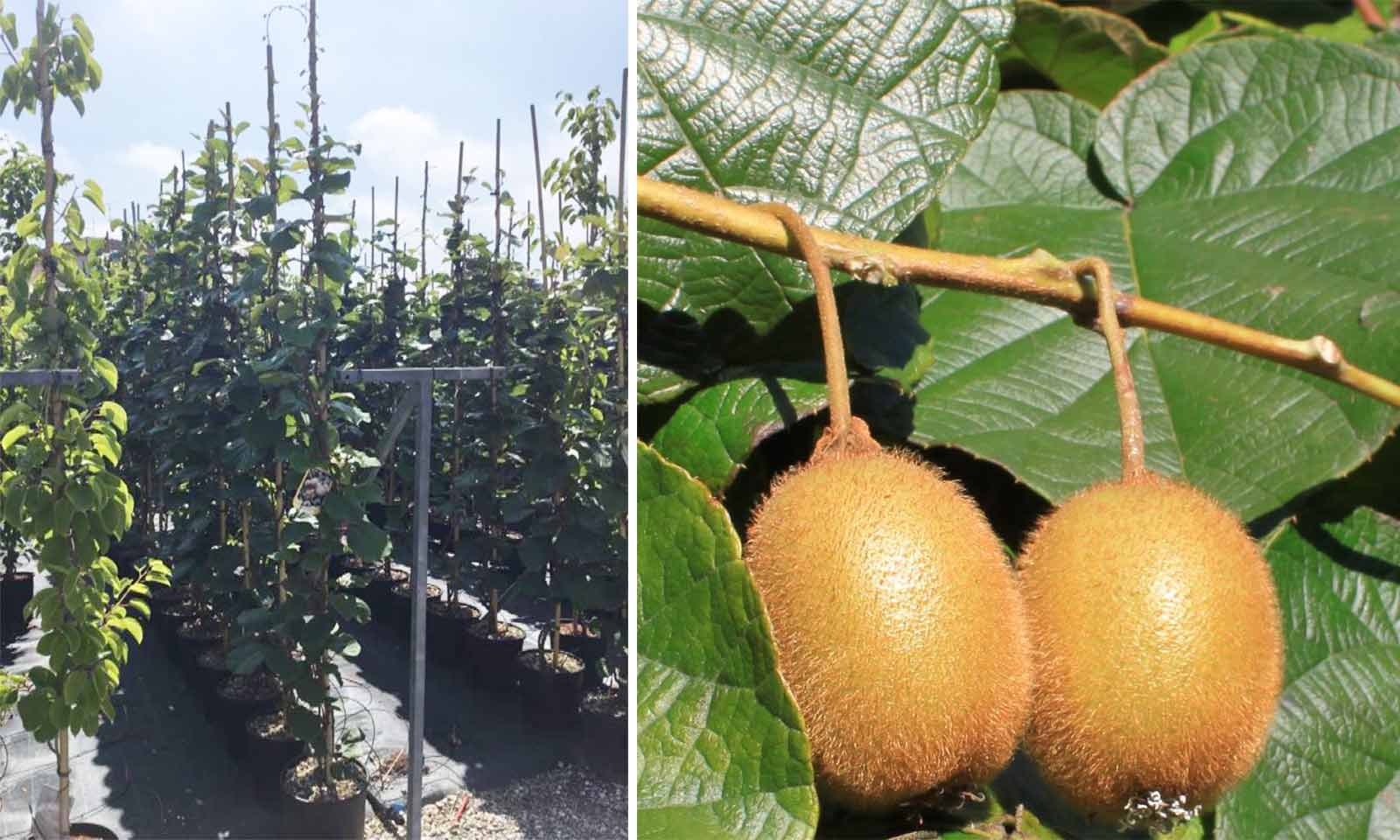Photinia x Fraseri Red Robin - Quarter Standard - 6 - 8 (cm)
Photinia x Fraseri Red Robin, also known as Photinia Serrulata Red Robin or occasionally the Christmas Berry, is a group of evergreen shrubs grown specifically for glossy, dark green adult foliage, white flowers and brilliant red tinted young leaves; in the spring, they unfold to give a stunning display. The best known of the photinias is Photinia Red Robin, which is often planted as a specimen shrub or as a dense, evergreen hedge.
A Christmas Berry Red Robin puts on a show all year round, with white springtime flowers and new leaves that start out as a vibrant red, before darkening to a glossy green as they age. These bright colours are popular with wildlife, but due to its loose branch structure, birds are unlikely to choose the Red Robin as a nesting location (which is ironic). Christmas Berry Red Robins are an excellent choice for creating interesting hedges and borders.
Product Dimensions
Girth 6-8 cm: 10 litre pot, clear trunk – 40-50 cm (1.3-1.6 ft), crown – 40-50 cm (1.3-1.6 ft);
Girth 8-10 cm: 15 litre pot, clear trunk – 40-50 cm (1.3-1.6 ft), crown – 50-60 cm (1.6-2.0 ft);
Latin Name: Photinia x Fraseri Red Robin also known as Photinia Serrulata Red Robin
English Name: Christmas Berry Red Robin, Photinia Red Robin, Red Robin, Fraser Photinia
Species: Rosaceae
Genus: Photinia
Foliage Type: Evergreen.
Foliage: Bright Red to Green.
Flower: White Flowers and Red Berries.
Flowering Period: Spring.
Suggested Location: Outdoor.
Suggested Soil Type: Well-Drained. Chalk. Clay. Loam. Sand.
Suggested Exposure to Sunlight: Full Sunlight or Partial Shade.
Suggested Exposure to Weather: Sheltered or Exposed.
Hardiness Rating: High (H5)
Lowest Temperature Tolerance: -15 °C to -10 °C (5 °F to 14 °F)
Suggested Uses: Topiary. Embankments. Coastal styles.
Maintenance: No pruning required, but can be trimmed and shaped (if desired) each year in the late-spring.
Growth Habit: Round/Bushy.
Growth Speed: Slow (20cm to 40cm per year).
Delivery Cost: This is calculated based on the total size, weight and quantity of your order, as well as the location of your delivery address. You will see the final price at the Online Checkout Page (before making payment) – our website will automatically calculate the lowest possible delivery price and apply discounts to orders of certain products – giving you the best value delivery every time!
Please note that high-volume orders will decrease your delivery costs significantly by spreading the price across multiple items. Visit our Delivery Policy page for more information.
